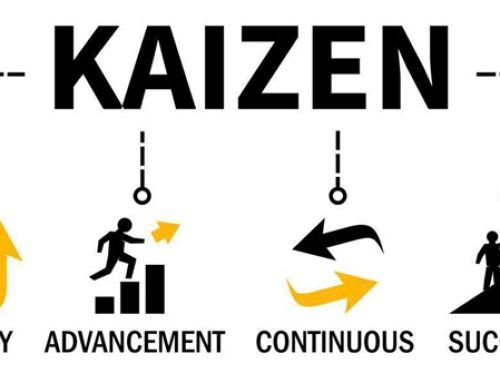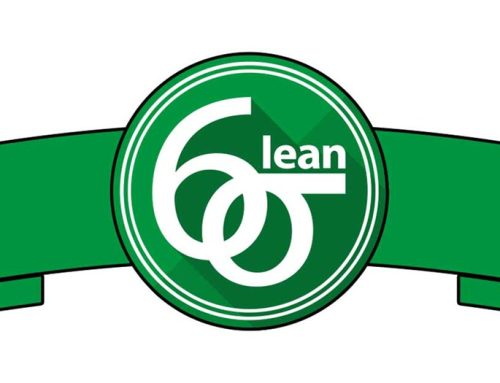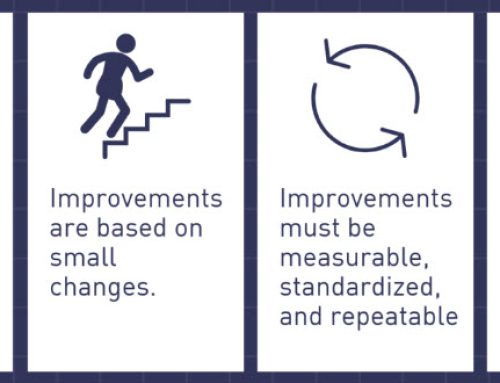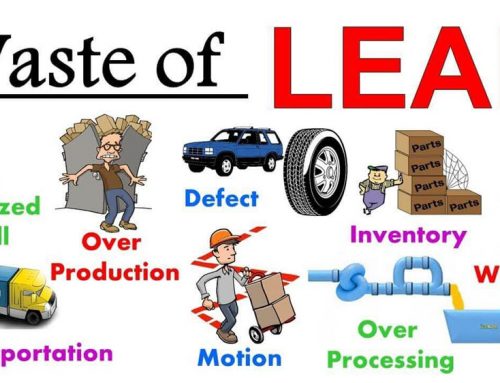In lean manufacturing Heijunka means “production leveling”. In business of any nature, fluctuations can occur due to changing customer’s demands and needs. Therefore, in order to smooth out the production process, implementation of heijunka production leveling is really important. Heijunka promotes just in time manufacturing. It improves the efficiency of production process by leveling out the variations in performance. These fluctuations can be a result of changing customer demands or due to fluctuating external factors.
Basically production leveling refers to production of same quantity every day. This is really important in terms of lean manufacturing where the purpose is to minimize waste production. For implementation, it is important to set levels for volume by analyzing the past order history of that specific customer. It will help in understanding the fluctuation level that can be expected from the customers.
Purpose of Heijunka Production Leveling
- Heijunka transforms unsteady customer pull into steady and regular production.
- It stabilizes and maintains value flow when used in combination with other lean manufacturing tools.
- It stabilizes manufacturing process.
- It minimizes waste production and unleveled manufacturing.
Heijunka Production Leveling by Product Type or Volume
Heijunka production leveling involves leveling by product type or mix as well as by volume. Let’s now consider leveling by type. A company gives an order of 4 types of shirts A, B, C and D. It looks like the manufacturer will like to minimize waste and the production order might appear like AAAABBBCCDD. But a customer might make a change in the order at the last moment or when the production is going on. He might increase the quantity of B or C; this might result in wastage of A that has already been produced. In such situations Heijunka leveling is used to produce level and smooth production. In such case the order will be AABCDABCDAB. This will produce all types of product at same level and results in less waste production.
Let’s now take in account leveling by volume. This involves the customer order of different volumes each day. For example, a customer orders for 400 same shirts every week: 150 on Monday, 100 on Tuesday, 30 on Wednesday, 80 on Thursday and 40 on Friday. This will produce unleveled product. To overcome such situation Heijunka leveling is utilized which requires production of inventory of 80 shirts each day. It results in the inventory of 80 shirts every Monday.
Difficulties in Heijunka Implementation
Implementation of Heijunka is sometimes a bit difficult due to various factors. Some of them may be:
- It needs a certain environment and complete customer forecast for implementation, which makes it difficult to implement Heijunka immediately.
- Contrary to lean management mission, Heijunka ends up with a significant finished product inventory (to meet customer requirements even in a shorter time).
- It might result in annihilation or extinction of finished product.
- Heijunka implementation requires proper planning and discipline.
Benefits of Heijunka Production Leveling
Bursting the ferocious cycle of fluctuations can be really beneficial for value stream.
- It enhances manpower stability and significantly minimizes overtimes.
- It can also result in diminution of inventory levels due to use of Kanban (inventory control system).
- Heijunka production leveling also controls raw material consumption because the products are usually manufactured on as and when required basis which prevents overproduction and excessive utilization of components and resources.
- According to Heijunka leveling, same amount of a product is manufactured every day, which helps in minimizing the stress level among workers as they already have a production plan.
- It facilitates an equalized utilization of employment and resources.
- The peril of unsold products is also minimized by implementation of leveling systems.
- This is a more flexible system to meet customers changing needs or demands and results in customer’s satisfaction.
- The interruption of production process is minimized as heijunka facilitates minimal changeover time.
Conclusion
To conclude, it is important for companies to balance out the workload, to gain advantages of a continuous uninterrupted flow. Heijunka production leveling levels out product volume and mix which helps to minimize waste and smooth out the demand on labor and machinery.






